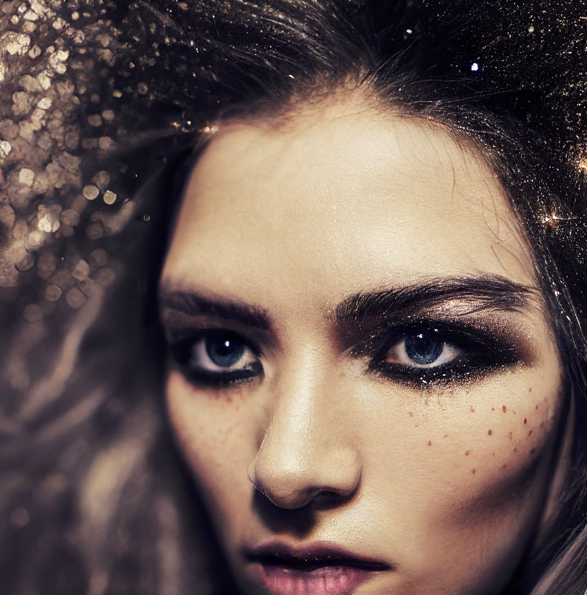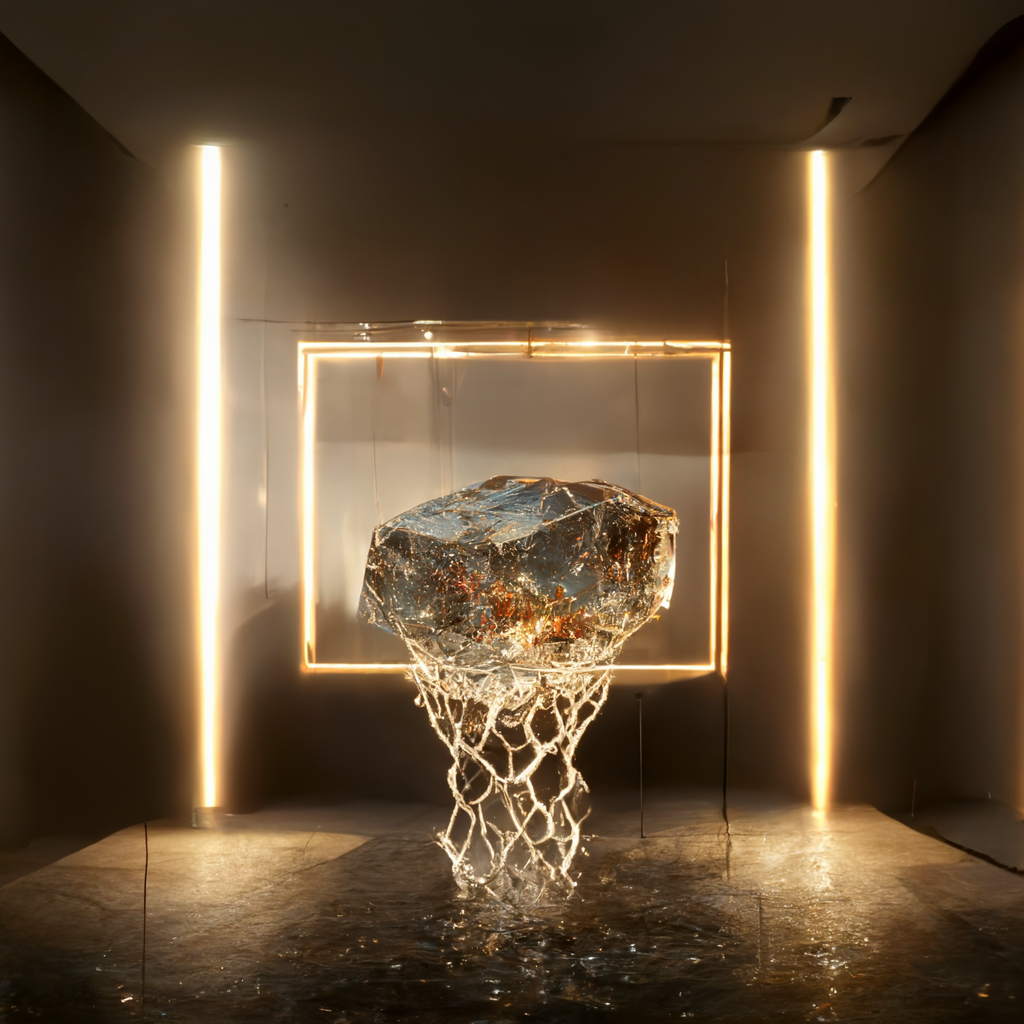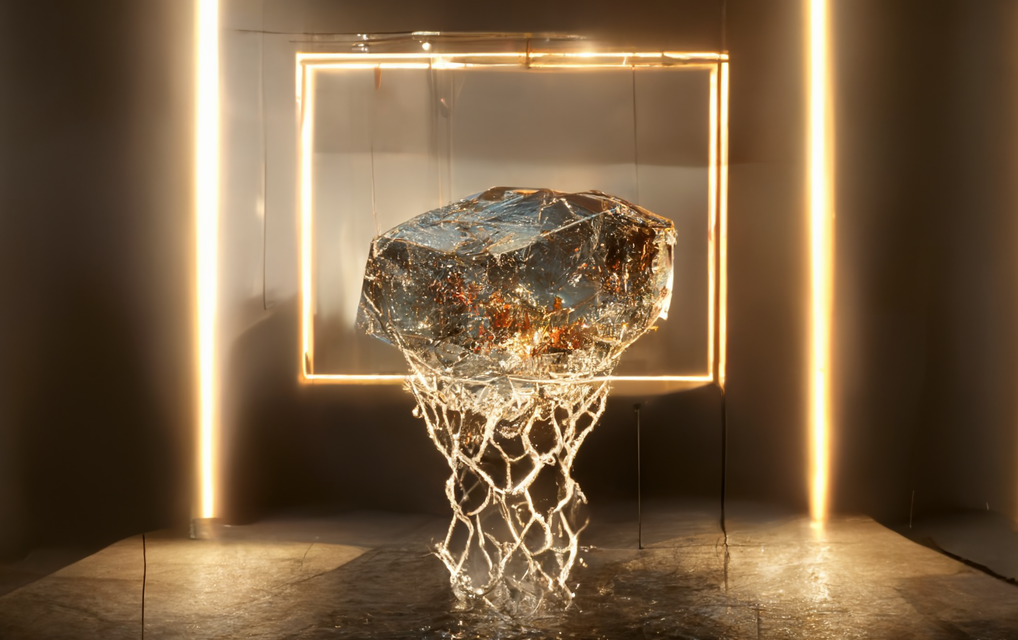Full article published by The Australian
If you work in advertising or digital marketing, some of today’s emerging technology might seem a little threatening. But just as television didn’t kill the radio, intuitive AI won’t spell doom for human creativity either. Ryan Bodger, Chief Creative Officer at Now We Collide, explains why we should look on the bright side.
Not long ago I was working with a client and telling them about the improvement I’d seen in AI-generated copy. They were, it’s safe to say, dubious.
So we did a little experiment and produced a few different versions answering the copywriting brief they’d sent our way. Oh, and one we slipped in there was produced by an AI source.
Lo and behold, their preferred option was penned by the machine.
Others were at it before us. In 2018, Lexus released an advertisement completely scripted by AI. The company used IBM Watson, an AI system, to analyse 15 years of award-winning car ads. Watson managed to identify the elements of successful ads that resonated most with audiences - and did it with aplomb.
If this sounds like an unconvincing way to open a piece reassuring you that the machines aren’t going to put creatives out of business, well, fair enough.
But bear with me, because where pure creativity is concerned, I’m convinced AI is the assistant we need right now and not an existential threat. Here’s why.
In the media and technology industries machine learning has thus far mostly been associated with measurement. In recent years we’ve been swamped by a sudden deluge of data with no way to make sense of it. The solution was AI.
Ask most people and they’d say machines replacing human brains for repetitive tabulation tasks is a good thing. Well, AI can do something very similar for creatives. There are now huge efficiencies to be had in developing concepts and getting them back to clients quickly.
At Now We Collide, for example, we’re already experimenting with art and text generators like Open AI & Broca for copy, tagline and idea generation. And we’re running tests on video and animation solutions that can help our designers come up with new ideas and expedite existing ones (see below).
We’re also using MidJourney, Dall-e2 and Stable Diffusions DreamStudio for visual concept development and content generation. It’s a new and exciting world - and one that can make us much more efficient as businesses.
In many cases, having this AI in our toolkit means tasks that would’ve taken two to three weeks from conception to delivery can be achieved much quicker. And this is especially important when speed to market is key to keeping share-of-voice high for most brands.
Measuring up in a creative space
In the world of measurement you’ll often hear people from tech companies extolling the virtues of giving the AI the richest data possible. The theory being that what you put in correlates strongly with what you get out. This is having some interesting knock on effects in the creative realm.
We’re now considering the types of roles the intersection of human output and AI technology is creating. There’s now a place in businesses like ours for what we are calling the Prompt Architect or Engineer. This is a role that involves working with AI, providing it with the right stimulus, or ‘prompts’ in order to get the best possible results.
Of course, we’ll never replace the human element entirely, but the ability to maximise the output of AI shapes as a very important new job skill. It’s an interesting inversion to think that great results can come from humans learning machine learning language, rather than us teaching AI what to do.
And if you’re not convinced of AI’s efficacy yet, well, we’re already seeing some exciting developments in the fashion and cosmetics space. In the example pictured below, the model, hair and makeup were all created by an AI source in under two hours - derived from refining a single prompt sheet of images.

And while AI used in this way could be disruptive for the fashion industry, it’s fair to assume this approach isn’t going to work for everyone just yet. But given the potential, I think that brands and marketers will certainly be interested in faster, more cost-effective ways to get their messages to market.
For creative businesses, there are simple ways you can experiment too. Being a big basketball fan, and working with ESPN on creating ‘Your Home For Hoops’ brand platform, I’ve started a BallArt Instagram account as a way to experiment and explore new visual concepts. Just by showcasing what’s possible via AI creativity, it provides us with a way to quickly realise which ideas work with a specific audiences.

Perhaps the most exciting aspect of the rise of machine learning in the creative space for me, though, is the ability to generate fresh ideas and new ways of thinking at a much quicker pace. A lot of effort goes into ideation, and having a collection of thought starters can be a very powerful thing.
If you’re still not convinced, then consider this. For agencies - particularly smaller Indies like us - leaning into this technology can also be a great selling point for clients. It’s a sign you move with the times and embrace agility - and that you’re not afraid to experiment with new trends in the quest for success.
For brands, I say, don’t be scared of it. Embrace it, test it and work with those who are doing likewise. At the end of the day, it’s just another software solution, but one that could really make a difference to your next campaign.
